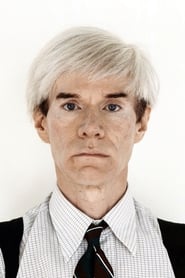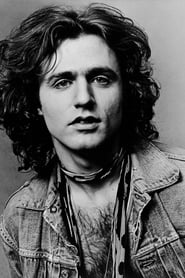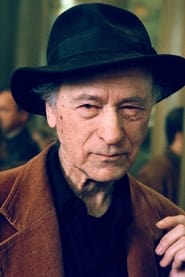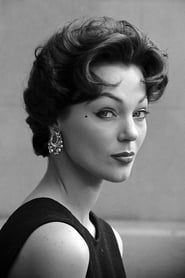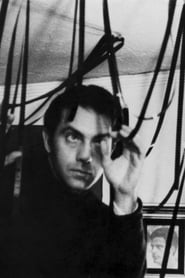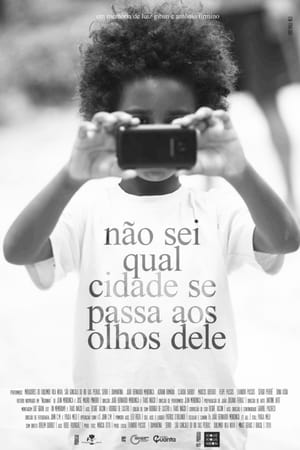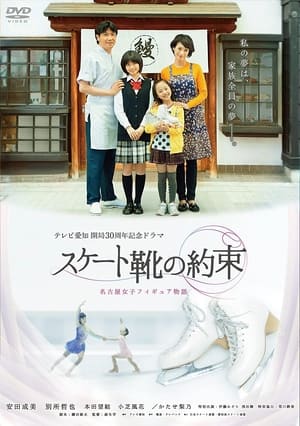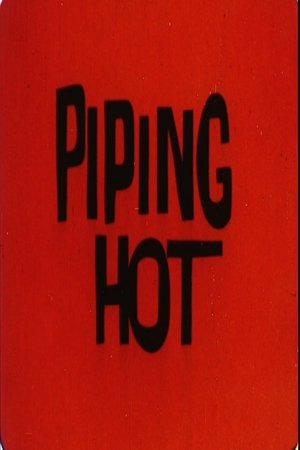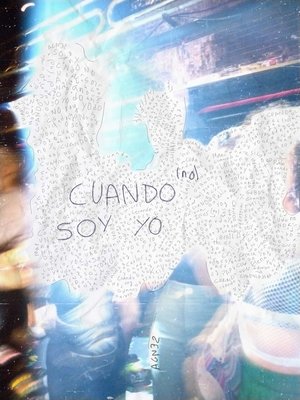

Award Presentation to Andy Warhol(1965)
In 1964 Film Culture magazine chose Andy Warhol for its annual Independent Film award. The plan was to show some of Andy's films and have Andy come on stage and hand him the award. Andy said, no, he didn't want a public presentation.
Movie: Award Presentation to Andy Warhol
Top 6 Billed Cast
Self

Award Presentation to Andy Warhol
HomePage
Overview
In 1964 Film Culture magazine chose Andy Warhol for its annual Independent Film award. The plan was to show some of Andy's films and have Andy come on stage and hand him the award. Andy said, no, he didn't want a public presentation.
Release Date
1965-09-03
Average
7
Rating:
3.5 startsTagline
Genres
Languages:
No LanguageKeywords
Recommendations Movies
 6.9
6.9Travel Songs(en)
Drawn together from two decades of itinerant shooting in Europe, Travel Songs evokes Jonas Mekas' improvisatory approach to sightseeing, with Assisi, Moscow and Stockholm all filtered through his singularly animated lens. Five different ‘songs’ or segments: footage from Avila (Spain), Stockholm, Moscow, Assisi, Italy.
Challenging the Da Vinci Code(en)
The DaVinci Code sold over 20 million copies in 44 languages by grossly distorting the truth and re-writing history. Is it possible that the Bible was a work of fiction? Did Jesus escape death on the cross? If you believe recent accounts Jesus did not die on the cross, but instead married Mary Magdalene who gave birth to his daughter......that this great secret has been hidden from us for the past two thousand years by covert societies whose alleged members included Renaissance painter Leonardo DaVinci. The Christian faith is under attack - arm yourself with the facts by watching Challenging the DaVinci Code. World-renowned religious scholars refute the dramatic and shockingly distorted facts that attempt to derail centuries of religious beliefs and the very foundation of the Bible. In this revealing documentary, the 190-
 6.0
6.0Aanchal(hi)
Hearts collide when the conniving Jaggan (Prem Chopra) convinces Kishan (Amol Palekar) that his wife, Shanti (Rakhee Gulzar), is having an affair with his brother Shambhu (Rajesh Khanna). Of course, all this is done so that Kishan will marry Jaggan's cousin Tulsi (Rekha) according to Jaggan's master plan … even though Tulsi would much rather marry Shambhu. Confused? Don't worry. So are these weary lovers!
Starbuck Holger Meins(de)
Twenty-five years after the death of Holger Meins, filmmaker and former student friend of the deceased, Gerd Conradt takes an in-depth look at the helmsman of the Baader-Meinhof gang. Who was Holger Meins? What led him into the underground? What circumstances resulted in his death, a death which made him the declared symbol of the radical opposition in Germany? What remains of his legacy?
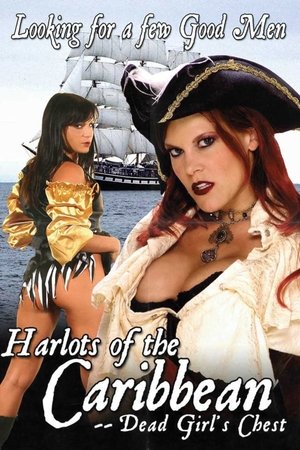 6.9
6.9Harlots of the Caribbean(en)
While scuba diving, Jill's boyfriend Dustin finds a doubloon necklace and the diary of Morganna, a pirate who sailed the coast 200 years ago. With the diary is a treasure map that takes them and their friends Susan and Joe to a mountain cabin. Before setting out in search of the treasure, the four hold a séance using instructions they find in the diary. It brings Morganna and her mate, Captain Tygus, back to life. It's a race for the treasure. Morganna and Tygus will stop at nothing. What about the necklace?
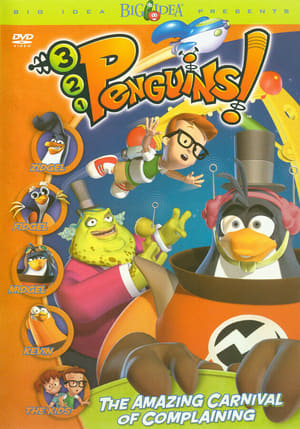 10.0
10.03-2-1 Penguins!: The Amazing Carnival of Complaining(en)
Jason and the crew go on a leisure trip to a carnival, but are confronted by carnival barker Uncle Blobb and his diabolical interplanetary real estate scheme as he attempts to turn them into "Seeds of Discontent."
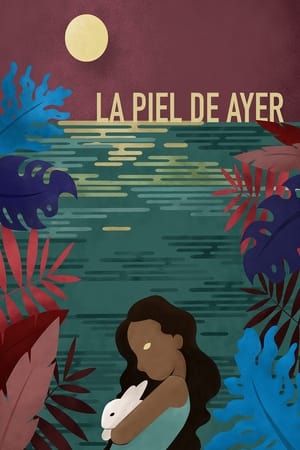 10.0
10.0The Skin of Yesterday(es)
A young widower struggles to support his grandmother and his daughter after the devastation Hurricane Maria has caused them. He sets out to find clean water to help his family survive.
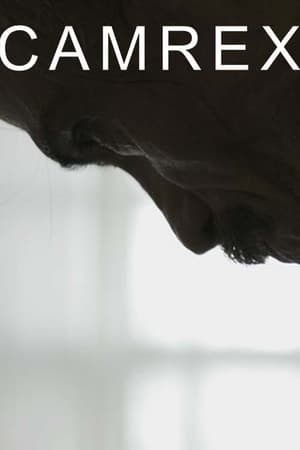 5.0
5.0Camrex(en)
Camrex House is a notorious homeless hostel that for 40 years has upheld a fearsome reputation. Its skewed, in-house morality perpetuated by men with complex histories. Based on interviews with hostel residents, CAMREX constructs a series of unflinchingly visceral sequences that reveal a hidden world of untold stories.
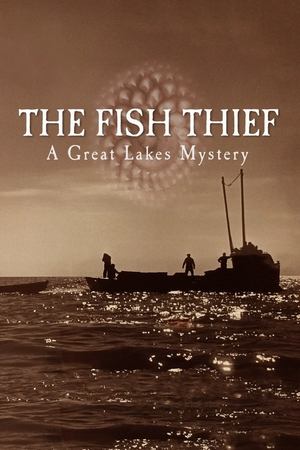 7.0
7.0The Fish Thief: A Great Lakes Mystery(en)
In the early twentieth century, a mysterious ecological crisis nearly wiped out the fish that most people cared about in the largest freshwater ecosystem on earth—the Great Lakes. The impact reverberated across the region, ruining local industries, damaging small town economies and indigenous communities, and destroying the livelihoods of people in the United States and Canada. With little reason for hope, a dedicated group of scientists, policymakers, and conservationists tackled the mystery.
 0.0
0.0Elegy - Director's Cut(en)
At the dead of night, a suspended detective for misconduct and alcoholism must face an unusual and dangerous enemy.
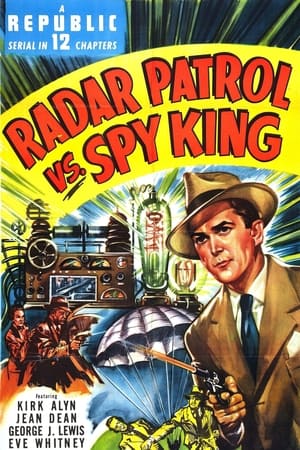 5.0
5.0Radar Patrol vs. Spy King(en)
The war lords of a potential enemy of the US has the spy ring, led by John Baroda, the Spy King and his aide Nitra, sabotaging the plans for a vast defense system of radar stations along the American borders. Radar Defense Bureau operative Chris Calvert comes to the rescue of a brilliant radar scientist, Joan Hughes, who has been kidnapped by Baroda henchmen in chapter 1 ("The Fatal Fog"), and the two battle together before putting an end to the Spy King in the aptly-named chapter 12, "Day of Reckoning".
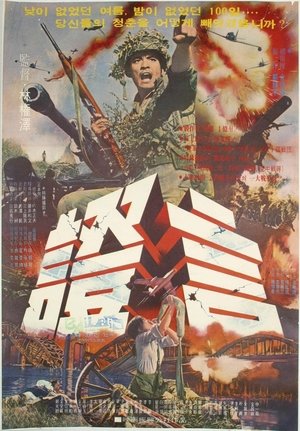 2.5
2.5The Testimony(ko)
June 25, 1950. When second lieutenant Jang has a date with his girl friend during weekend, numerous North Korean jet fighters make sudden air raids to the skies of Seoul. It is the beginning of Korean War. In spite of Korean Army's brave defense, North Korean army reddens South Korea with their state-of-the-art weapons. This movie describes the progress of war from the invasion in June 25, 1950 to the reclamation of territory on the basis of Sun-A's personal experience. Also this film reminds hard lessons from tragic history.
 6.0
6.0Son of Adam Daughter of Eve(fa)
Mina Bozorgmehr and Farhood Zandi are two young lawyers who start working at them same time. They share an apartment, but Mina thinks that Farhood is a author and Farhood thinks that Mina is a photographer.
 7.0
7.0The Trip(pt)
Antonio decides to break free of his mundane existence and rents a silver convertible to take his wife on a dream vacation. Everything seems perfect. Except he doesn't know the way.
 4.0
4.0Remembering RBG: A Nation Ugly Cries(en)
“Remembering RBG: A Nation Ugly Cries with Desi Lydic” follows Lydic on a journey through the five stages of grief—denial, anger, bargaining, depression, and… what's the opposite of the acceptance? —as she comes to terms with the passing of the late Ruth Bader Ginsburg and where to go from here.
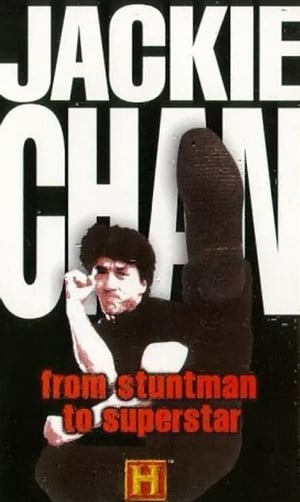 7.0
7.0Jackie Chan - From Stuntman to Superstar(en)
Jackie Chan - From Stuntman to Superstar is a documentary on Jackie Chan.
Similar Movies
 6.0
6.0An Indian Story(hu)
Still photographs and narration give an overview of the history of the American Indian.
 5.1
5.1¡Al fútbol!(es)
Any given Sunday of 1974 in Spain, soccer games in several stadiums, the sarcastic voice of commentators, the inevitable presence of advertising. Goal! The victors and the defeated.
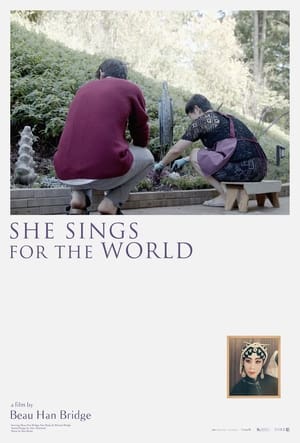 0.0
0.0She Sings for the World(zh)
A Chinese Canadian son sets out to make a film on his mother, who was once known as the first ever Chinese Opera Singer to have performed Pingju Opera in English in late 1980's China.
 7.1
7.1The Arrival of a Train at La Ciotat(fr)
A group of people are standing along the platform of a railway station in La Ciotat, waiting for a train. One is seen coming, at some distance, and eventually stops at the platform. Doors of the railway-cars open and attendants help passengers off and on. Popular legend has it that, when this film was shown, the first-night audience fled the café in terror, fearing being run over by the "approaching" train. This legend has since been identified as promotional embellishment, though there is evidence to suggest that people were astounded at the capabilities of the Lumières' cinématographe.
R. F. Outcault Making a Sketch of Buster and Tige(en)
Buster Brown creater R.F. Outcault sketches his creation. Part of the Buster Brown series for Edison film studio.
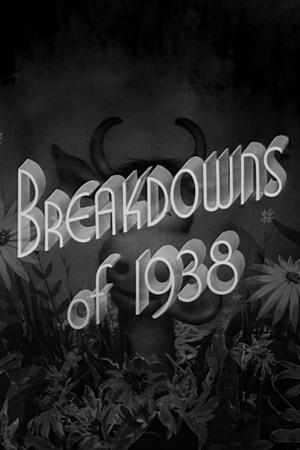 5.0
5.0Breakdowns of 1938(en)
Flubs and bloopers that occurred on the set of some of the major Warner Bros. pictures of 1938.
Rambling 'Round Radio Row #1(en)
Jerry Wald has to write about radio, visiting Sid Gary gives him the tip it might be more easy for him to write this article at the radio station than at his newspaper office. At the studio they listen to the Boswell Sister's rehearsal, which is interupted by some not so friendly remarks by orchestra leader Abe Lyman, they listen at the door, where a Colonel Stoopnagel broadcast is prepared, as well as to the rehearsal of a new song for an broadcast by Kate Smith.
Jimmy Dorsey and His Orchestra(en)
In a nightclub setting, Jimmy Dorsey and His Orchestra, with two of his vocalists, perform four of the group's best known songs. For the complete list of songs, check the soundtrack listing.
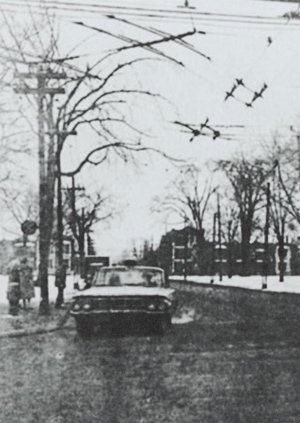 5.5
5.5One Second in Montreal(en)
A silent succession of black-and-white photographs of the city of Montreal.
 6.7
6.7Workers Leaving the Lumière Factory(fr)
Working men and women leave through the main gate of the Lumière factory in Lyon, France. Filmed on 22 March 1895, it is often referred to as the first real motion picture ever made, although Louis Le Prince's 1888 Roundhay Garden Scene pre-dated it by seven years. Three separate versions of this film exist, which differ from one another in numerous ways. The first version features a carriage drawn by one horse, while in the second version the carriage is drawn by two horses, and there is no carriage at all in the third version. The clothing style is also different between the three versions, demonstrating the different seasons in which each was filmed. This film was made in the 35 mm format with an aspect ratio of 1.33:1, and at a speed of 16 frames per second. At that rate, the 17 meters of film length provided a duration of 46 seconds, holding a total of 800 frames.
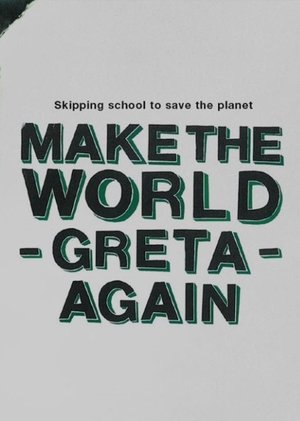 9.0
9.0Make the World Greta Again(en)
Upon realising her generation won’t have a future unless the world’s politicians act now on climate change, 15-year-old Greta Thunberg skipped school in August 2018 to protest outside the Swedish parliament. What started as a one person strike soon gained global momentum. We follow Greta and the organisers of the school strikes for climate as they are cementing a worldwide movement ahead of their first global protest that took place on March 15th, 2019. It was the biggest climate strike in history with up to 1.6 million students in more than 125 countries.
 8.2
8.2Night and Fog(fr)
Filmmaker Alain Resnais documents the atrocities behind the walls of Hitler's concentration camps.
 0.0
0.0Who Loves the Sun(ar)
In war-torn northern Syria, WHO LOVES THE SUN delves into the world of makeshift oil refineries and the stark realities of life within this post-apocalyptic landscape. Mahmood is a prominent figure in these operations, navigating harsh working conditions and complex local dynamics.
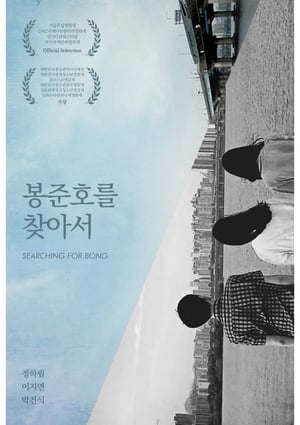 7.0
7.0Searching for Bong(ko)
Unlike our dream of becoming a great filmmaker, the movie boards that adults talk about are tough. We are looking for our idol, Bong Joon-ho...
Obsessions du deuxième étage(en)
A portrait of the Swedish director Roy Andersson, dealing with obsessions of the film maker considered as the origins of his last incredible project : Songs from the Second Floor. 20 years of reflection and creation, 4 years to shoot a masterpiece with a unique way of filming. A meeting with the Nordic Kubrick, rebel with a cause : responsibility and humanity.
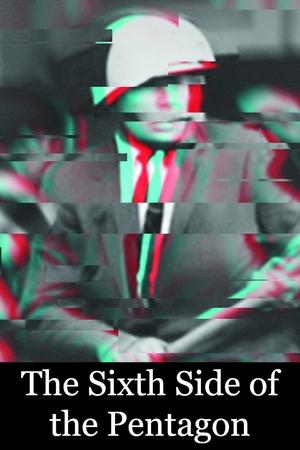 5.9
5.9The Sixth Side of the Pentagon(fr)
On October 21, 1967, over 100,000 protestors gathered in Washington, D.C., for the Mobilization to End the War in Vietnam. It was the largest protest gathering yet, and it brought together a wide cross-section of liberals, radicals, hippies, and Yippies. Che Guevara had been killed in Bolivia only two weeks previously, and, for many, it was the transition from simply marching against the war, to taking direct action to try to stop the 'American war machine.' Norman Mailer wrote about the events in Armies of the Night. French filmmaker Chris Marker, leading a team of filmmakers, was also there.
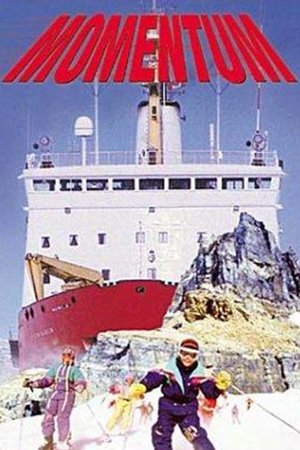 3.5
3.5Momentum(en)
Go head-to-head with an icebreaker. Plunge down a twisting mountain gorge. Soar through the clouds in the nosecone of a jet, then speed along with a dog team as it races across a frozen Arctic lake. A sweeping, moving tribute to Canada's stunning geography and rich cultural heritage, Momentum leaps off your screen--and touches your heart. Momentum wowed audiences from around the world when it premiered at Seville, the greatest world's fair of the last quarter century.
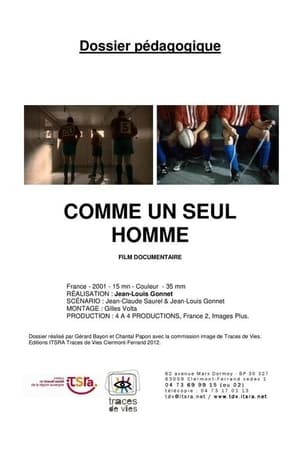 0.0
0.0All for One(fr)
In a closed locker room, rugby players perform the last pre-match rituals. Warming up their souls and bodies, all tense in anticipation of the fight.
